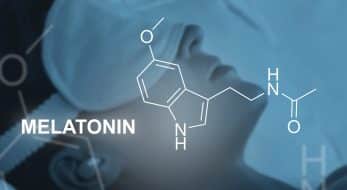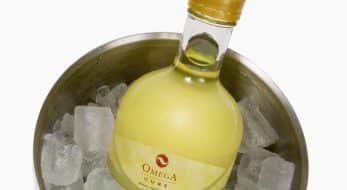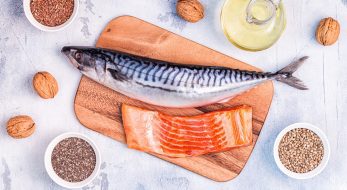What Makes Omega Cure Fresher Than Other Fish Oils?
It’s no secret that many omega-3 fish oils on the market are rancid. Several independent studies have found that the majority of surveyed omega-3 products have a peroxide value above 5 mEq/kg — the limit of what’s considered “fresh” — long before the official expiration date. And as numerous scientists have discussed, such high oxidation values are concerning from both a safety and efficacy perspective.
Omega Cure®, the fresh fish oil we use in all of our Omega3 Innovations products, typically has a peroxide value between 0.1 – 0.5 mEq/kg at the time of bottling and shipping, which explains why the oil has such a mild flavor and smell. But how are we able to make an oil that’s so superior in the freshness department? It comes down to a variety of oxidation-preventing techniques.
What Does It Mean for a Fish Oil to Be ‘Fresh’?
Before we launch into a longer discussion of freshness-preserving tactics, it’s important to define what we mean by freshness. In the world of omega-3 oils, the quality and freshness level of an oil is something you can measure and discuss by looking at the product’s oxidation values, better known as the peroxide, anisidine, and TOTOX numbers.
Peroxide, anisidine and TOTOX numbers tell you how far oxidation has progressed. As a rule of thumb, the lower these numbers are, the better and more stable the oil is. If an oil has high oxidation values, it indicates that the oil has already turned rancid.
Even without knowing its exact oxidation values, you can often taste and smell if an omega-3 oil has turned rancid, or gone ‘off’, just like you would with fish. If it tastes and smells really fishy, that’s a sign of oxidation.
 How Most Fish Oils Are Produced
How Most Fish Oils Are Produced
It is at the earliest stages of production that the future quality of a fish oil is decided. If you don’t control oxidation initially, the oil will only continue to degrade with time. In addition, it will be more vulnerable during the rest of the production process.
Now, most fish oils come from a variety of fish, like sardines, anchovies, herring, and small mackerel, fished off the coast of South America. These fish are harvested with the main goal of creating fishmeal, a popular source of protein fed to farmed fish and animals. Because the industry regards the oil as secondary to the fish protein, the manufacturing process is generally not optimized to preserve the quality of the fish oil. Furthermore, to extract the oil, the minced fish meat has to be boiled to separate the oil from the solids, during which time the oil gets exposed to pro-oxidizing iron and other enzymes in the blood and proteins.
There are measures to reduce the peroxide values of the resulting omega-3 oil. But the initial harsh treatment helps explain why many fish oils develop high oxidation values long before they reach the consumer.
How Omega Cure Compares
With Omega Cure, we are fastidious about getting the finest raw material to ensure low oxidation levels from the start of production.
Omega Cure comes from wild cod harvested off the coast of Norway. Since these fish and their livers are all destined for human consumption, the quality control is very high, with great attention paid to the speed of the catch and the preservation of the livers. All of these factors are important for helping preserve freshness.
The Benefits of Using a Cod Liver Oil
As a cod liver oil, Omega Cure also has another freshness advantage compared to typical fish oils.
The types of fish typically used for making fish oil — sardines, herring, small mackerel, and even salmon — store their omega-3s throughout the body. While this feature makes these kinds of fish particularly nutritious to eat, it also means there is no easy way to extract the oil without exposing it to lots of pro-oxidizing blood and enzymes.
Cod, on the other hand, stores the majority of its omega-3-rich oil in the liver. The liver protects the oil by housing it in micelles, simple cell-like structures that insulate the oil and shield it from oxidative stress. As long as the liver is not crushed or squeezed, the oil is protected from oxidation. When the livers are finally ready for processing, only low temperatures and gentle, mechanical treatment are necessary to extract the oil.
This origin story explains how Omega Cure can be produced with almost zero oxidation. Then, after the raw oil is created, we harness the opportunity by using a proprietary, state-of-the-art processing technique to purify the oil with minimal exposure to heat.
Why We Use Liquid Fish Oil, Not Capsules
We have always been big proponents of liquid fish oil. Liquids make it easier to get an effective omega-3 dose without swallowing lots of pills and are likely more beneficial from a bioavailability standpoint. In addition, liquids can also help on the freshness front.
Some people have the impression that the gelatin capsule helps protect the oil inside from oxidation; however, nothing could be further from the truth. If an omega-3 oil is not encapsulated properly, the oil is at risk of being exposed to heat and oxygen during the encapsulation process. And indeed, many softgel manufacturers do not use controlled conditions to limit oxidation.
With Omega Cure, we spare the oil of encapsulation, letting you freely taste the quality you are getting. And since we package Omega Cure in bottles and vials that provide a complete oxygen barrier, we are able to further protect the oil.

Other Factors That Protect Freshness
Omega-3 manufacturers use several other tactics to help maintain freshness: Adding antioxidants during processing and to the finished product is one common way to preserve the quality of the oil. Fish oils are also frequently bottled or packaged in nitrogen-flushed containers to help remove oxygen.
At Omega3 Innovations, we employ both of those techniques with our products. In addition, we also store our products cold. The cold temperatures help increase shelf life, although the oil is able to sustain short-term exposure to warmer temperatures without issues if no oxygen is present.
Continuous Bottling
There’s also another important factor to note: The short time from the day the oil is bottled to the time it reaches the consumer. This matters since all omega-3 oils – similarly to fruits, vegetables, and fish – will degrade with time.
We receive fresh Omega Cure from Norway every 6 – 8 weeks by air, directly from deep frozen storage, and we continuously bottle, shipping product to our customers quickly thereafter. You can always tell when Omega Cure was bottled by checking the production date listed on the sticker of your bottle or box.
While constantly rotating stock can occasionally be tricky to navigate from a production standpoint, it does prevent the finished product from getting old, unlike many omega-3 supplements that sit in storage for months or years on end before being purchased.
Education
The last factor important for freshness is our efforts to educate you about how to protect the oil’s integrity at home. Exposure to oxygen is the biggest culprit when it comes to oxidation. That’s why you’ll see throughout our direction booklets and literature that we encourage you to use up your Omega Cure in a timely manner (ideally within 5 weeks of opening a bottle). When you expose the oil to oxygen, it is only be a matter of time before the oil turns rancid.
Why Freshness Matters
We care about freshness for several reasons. First and foremost, freshness is crucial for you to have a pleasant-tasting omega-3 experience, which is in turn essential for getting an effective dose. If you have to swallow umpteen fish oil capsules, or drink fishy-tasting oil, chances are you will never take enough to make a measurable difference.
In addition, freshness contributes to Omega Cure’s potency, along with several other factors, like its full-spectrum quality and 1:1 EPA/DHA ratio.
You want the best for your body, and that’s why we put so much love and care into creating our unique oil. You can learn more about how Omega Cure is made here.
Try Exceptionally Fresh Omega Cure
Experience the Omega3 Innovations difference for yourself with the most effective fish oil supplement on the market.
Buy Now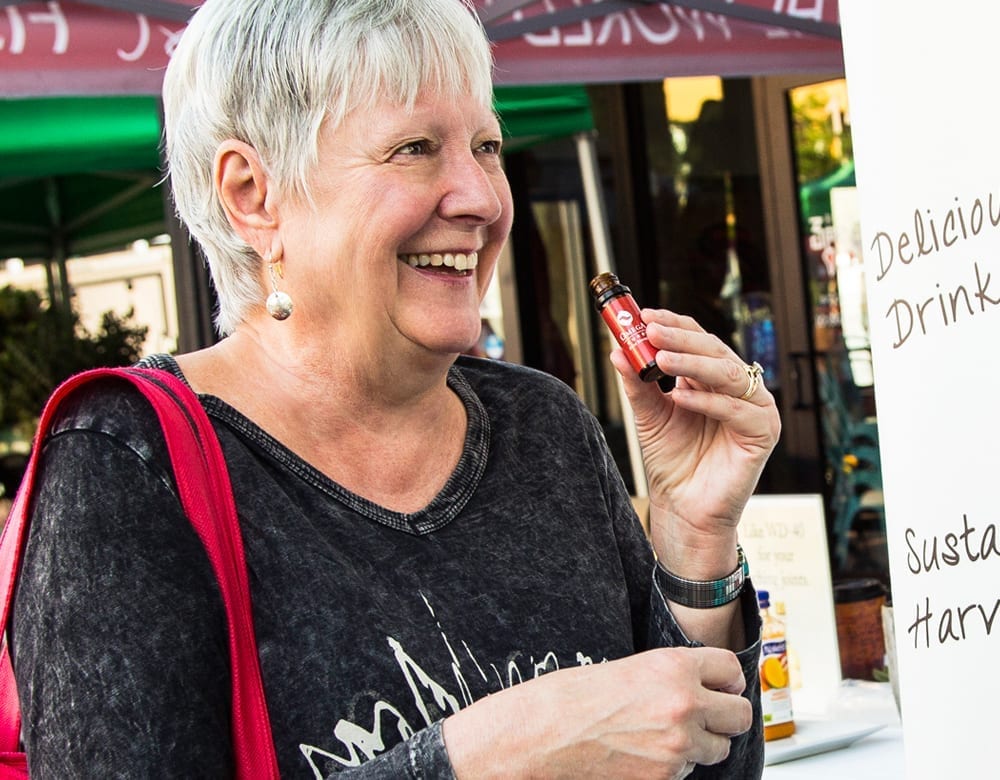
Recent Posts
-
Dose, Joint Health, Omega-3
Omega-3 & Pain Relief: Finding the Best Strategy
Are you one among the 1 in 5 Americans grappling with chronic pain, as reported by the CDC [1]? If the thought of traditional pain medications and their potential side...3 months ago -
Eye Health, Omega-3
The Startling Link Between Skin Care and Eye Health
Dry eye complaints are on the rise worldwide. Many risk factors – including aging and increased computer use – help explain the increase. But there's another driver few people know...6 months ago -
Heart Health
Does Taking Fish Oil Lower Cholesterol?
Many people believe that incorporating omega-3s into their diet will solve their cholesterol woes. But the truth is much more nuanced; it's not as simple as taking a daily fish...1 year ago -
Immune Health, Sleep
Melatonin & COVID-19: Can This ‘Sleep Hormone’ Help?
It started with a runny nose and a slight cough. But when his 72-year-old wife tested positive for COVID-19, he got concerned. “Is there any research suggesting the supplements we...2 years ago -
Full-Spectrum Fish Oil, Omega-3
Is It Good to Store Fish Oil in the Freezer?
Fish oil is a great source of the omega-3 fatty acids we all need for good health. It’s also highly perishable. Consuming rancid fish oil can have negative health implications....2 years ago -
Omega-3
Our Favorite Omega-3 Fish Oil Benefits
Omega-3 fish oil certainly has a reputation for delivering a plethora of incredible benefits. And it’s true! Omega-3 fatty acids have been studied for a broad range of health conditions....2 years ago

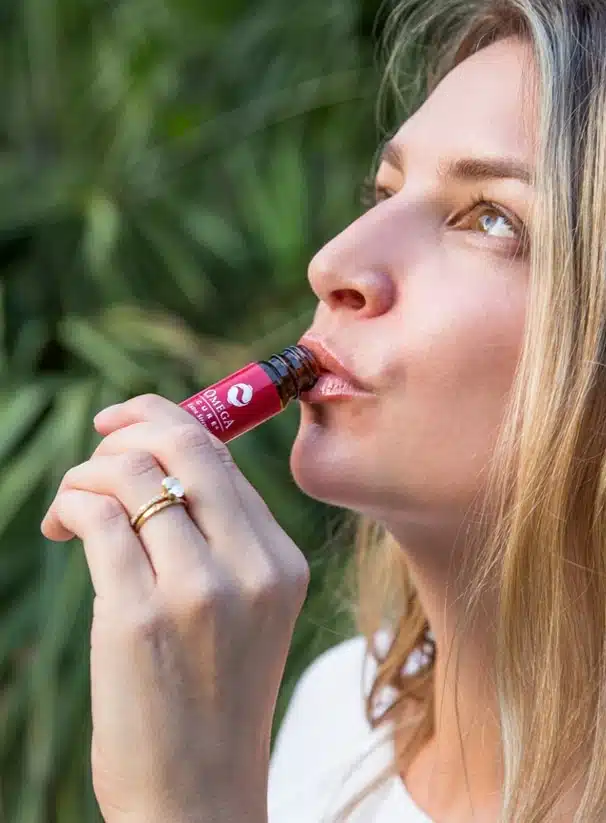

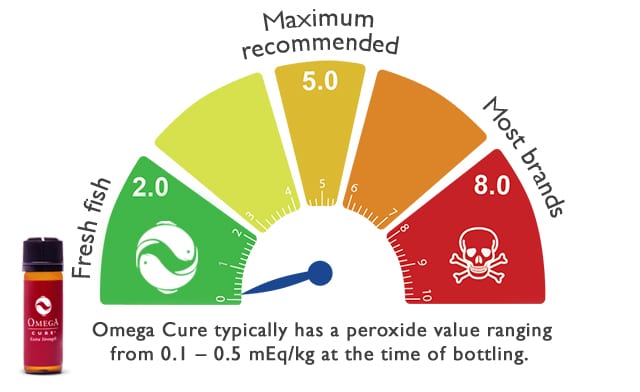 How Most Fish Oils Are Produced
How Most Fish Oils Are Produced


